David Bergé
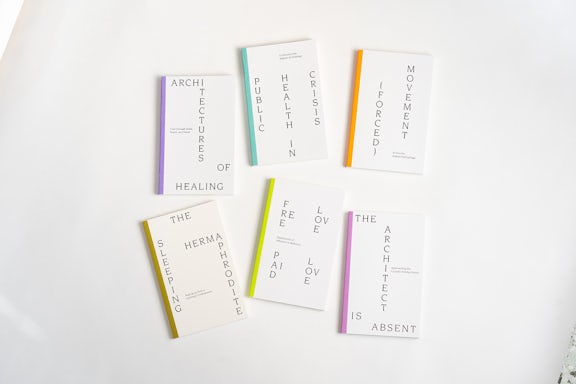
kyklàda.press
The body as a multi-dimensional camera.
“In the early hours of a bitingly cold winter day, the city miraculously opened up as we crossed courtyards, narrow backstreets, passages and parking lots, and the path even lead us through a bedroom in a house with art. During this silent walk where seven participants were allowed, a very salient experience was being built up. The act of intensely looking and closely observing, the consciousness of one’s own body, and its inherent scale and comfort zone, as well as the sensation of trespassing melted into a hybrid state of mind where photography, performance, architecture and tourism all played their part.”
--Geert Goiris, participant in the Walk Piece ‘Vienna Footnotes’
The work of David Bergé evolves around his ongoing investigation in the immersive qualities of photography and the practice of photography as an all inclusive experience. By radically liberating his praxis from all its conventional tools (the camera and idea of ‘recording’, technical and chemical processes) or classical forms of appearance (framed prints on paper), he creates space to return to the very essence of his intention as a photographer: sharing the instant experience of a specific moment in time and space.
As a point of departure, David Bergé instead uses the body as a central device to catch his imagery and invites his audience to share this experience. The body is seen as a traveling medium, measuring rod or navigator, physical seismograph of our inner archive,… In short: the complex machine that enables us to merge the tactile, intellectual, emotional and aesthetic into one multi-layered ‘picture’.
Understanding photography as a performative act to generate a (collective) experience, David Bergé experimented with a wide range of formats and outcomes such as the ‘Silent Walk Pieces’, publications, installations and performance lectures.
In his ‘Walk Pieces’, Bergé takes a small group of participants on context specific, silent trajectories of 100 minutes. The walks weave through the different textures and layers of time of our daily (urban) landscape: from the public playground to a museum without a floor, opening up the senses and scenery for an unscripted experience to which the participants are being invited.
‘Voyage d’Orient’ is the title of a series of works, that take the formative journey from 1911 by August Klipstein and Charles-Édouard Jeanneret (the future Le Corbusier) and the complete, unedited series of photographs they took, as a starting point to reflect on what this journey could mean today. Presented as a life size installation in the passenger area of a railway station in Brussels as well as a sequence in a book, Bergé offered a layered experience in the reading of these images.
‘The Cocktail Piece’(2014)is a performative reenactment, situated in one of the houses of the modernist settlement in Cape Cod (Massachusetts, USA), initiated by the Bauhaus founder Walter Gropius. In 1938, Gropius invited exiled European architects, designers and students to join him for the summer. Out of this gathering grew a movement of the prime protagonists of modern architecture, with people like Marcel Breuer, Serge Chermayeff and Paul Weidlinger, who built houses for themselves and their friends. Invited to make a work based upon this history of this settlement, David Bergé invited the children of these architects to join for a reenactment of a cocktail party - at the time a daily ritual for an informal, yet essential exchange between these architects.
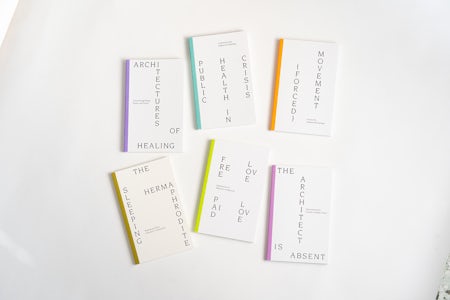
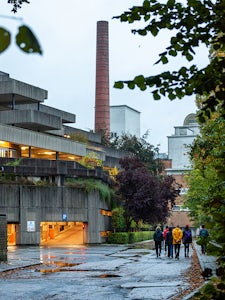
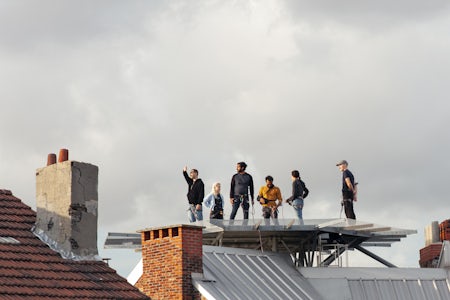
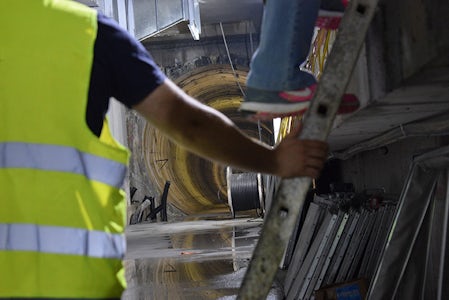

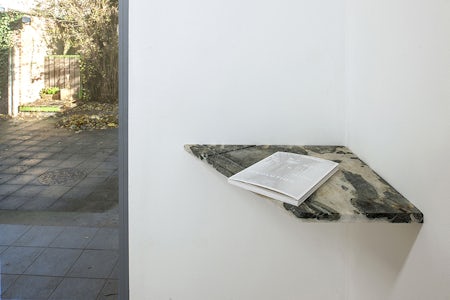
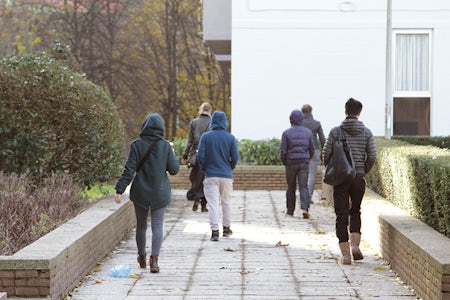
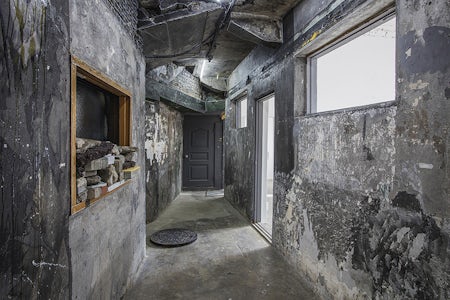
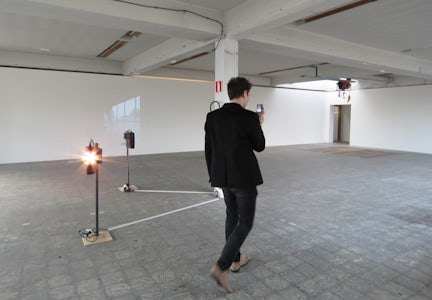
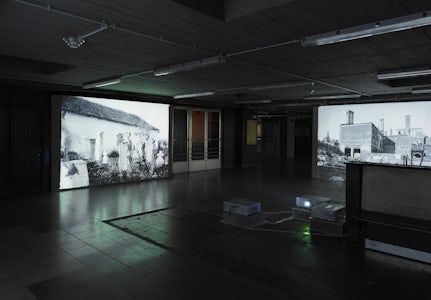
.jpg?q=60&auto=format&h=300)


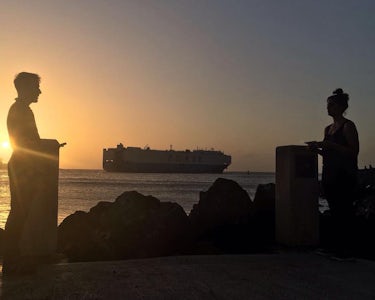
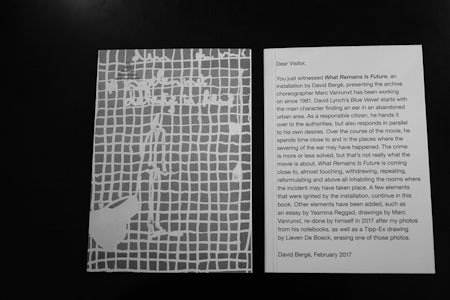
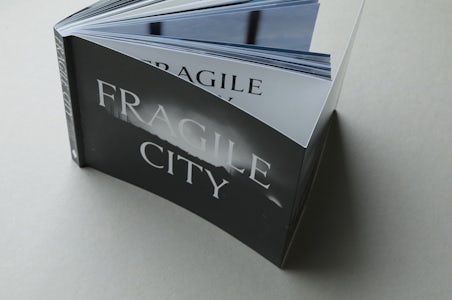
Group shows (selection)
Residencies (selection)
Performances (selection)
Discover David Bergé also among:
Artists
A curated overview of visual artists in Flanders.
Flanders Arts Institute
Expertise centre for performing arts, music and visual arts.

